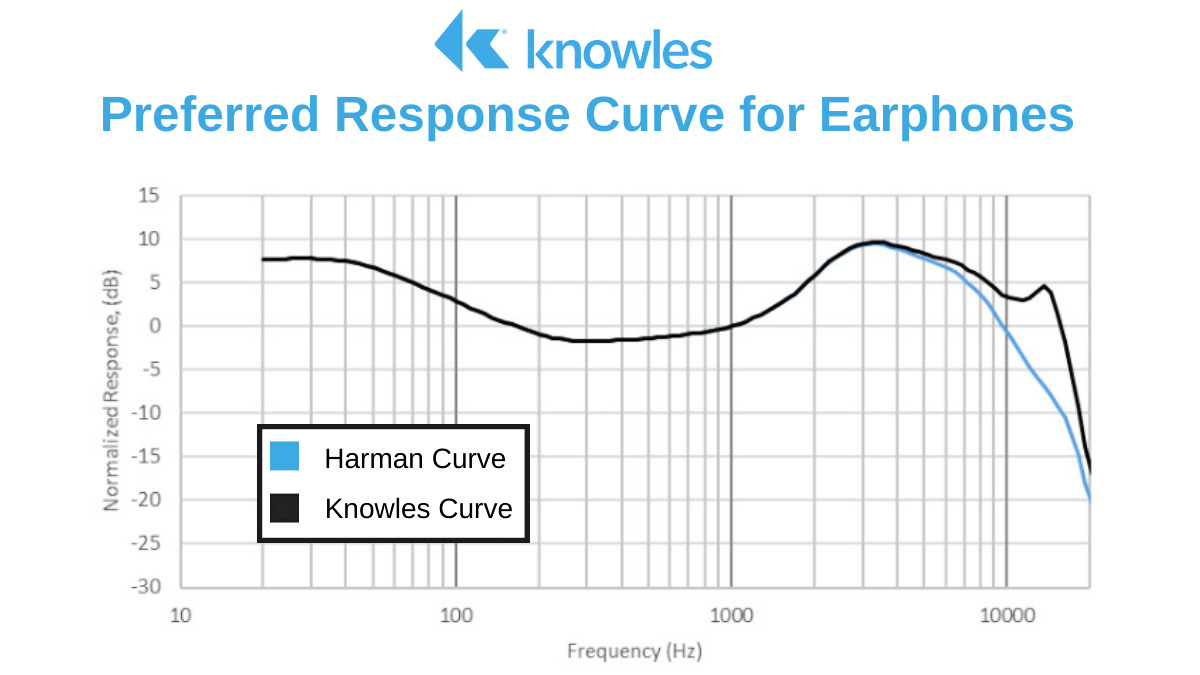This is because they started with the Harman curve below 10kHz and then looked at modifications 10-20kHz. They didn't look at changing Harman below 10kHz for this specific research, they took it as given. The consequent increases below 10kHz are thus there from their equalizations to Harman above 10kHz and the existing Harman curve, any equalization is a curve and spills over into other frequencies.Hi
If I am to read the provided graphs, the Knowles curve starts deviating from Harman around 2.5 KHz, that is "brightness" territory; from that I can also infer that I would not tolerate such a curve in an IEM. I seem to be quite Harman-compliant
.
Subjectively, I find the TCZ, shouty and peaky. Tolerable, but a bit of EQ to reduce the treble, even a gentle (negative) high shelf around 3 KHz , say -1.5 dB can help... I don't care enough to EQ but have tried a few, in particular those from @Maiky76 and @Chromatischism and they address some of those issues.
Peace.
If you are that sensitive to even tiny sub-1dB increases at 2.5kHz and find the TCZ shouty and peaky, it sounds like even Harman is probably too shouty for you. This is very common, many people find Harman in-ear too shouty and fatiguing in the upper mids.
I also find this, this is why I prefer IEF neutral through the upper mids, like the Blessing 2 Dusk or Monarch Mk2. According to Jaakko of AutoEQ, the Dusk is the closest wired IEM in existence to Harman, but even it stays well below in the upper mids. Or the Variations, which although hits the initial Harman rise to 3kHz then drops below it, and is the better IEM for it.
Both of these IEMs, among the closest to Harman of anything, are actually below Harman through the upper mids, but then maintain much better treble extension. That's really what I'd be after, too, I don't want more in the 3-8kHz region. But I'll take it over 10kHz.

